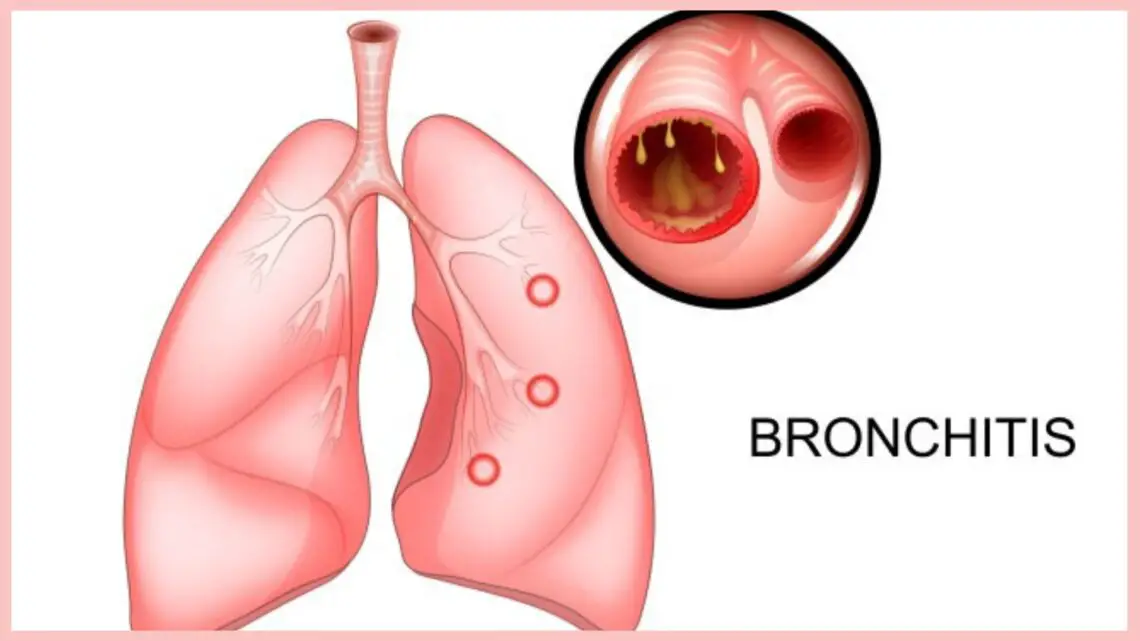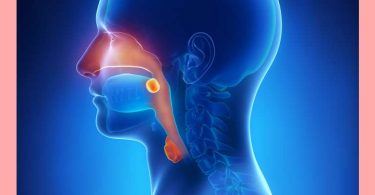This case took place in the early 90s of the last century and is about two brothers named Daniel and Maurice. Especially about Daniel, for he was in homeopathic chronic treatment for about five weeks because of recurring colds, middle ear infections and spastic bronchitis. It all started about half a year ago, when Daniel himself was only six months old.
His brother Maurice, who was about two years older, was not much better off, because he also had a pronounced tendency to spastic bronchitis. In addition, he also had frequent middle ear infections and long-lasting tympanic effusions and, more recently, pseudocroup from time to time.
His bronchitis was always very persistent, and the lingering cough then often lasted for weeks to months. Maurice was at this time not yet in homeopathic treatment, neither chronic nor acute. They wanted to wait and see how and whether his brother made progress with homeopathy.
Daniel’s middle ear infections were usually purulent and had been going on for some time without any significant fever. There was at most now and then 38.2 °C (100.76 °F) temperature. Since the chronic homeopathic treatment, the boy was now regularly taking Sulfur LM18, 1 drop on a glass of water, every 3 days, and only a spoonful of it.
After only about three weeks of taking Sulfur, “mild spastic bronchitis” reappeared. This had already existed for about a week and a half and was “not too bad”, according to the mother. But now there was a red ear including earache.
The temperature had climbed to 39 °C (102.20 °F; that had not happened for a long time!). And a mild “yellow snot” was flowing from Daniel’s nose. He had already inhaled with saline solution. Nevertheless, this bronchitis is quite untypical for Daniel, because “he was in a great mood until today” and also did not wheeze from the lungs, as was usually the case.
But now his mood is changeable; he is querulous and tearful. In the meantime, “everything was fine” until the time when “something went wrong”.
We agreed to suspend Sulfur for the time of the acute illness and to continue with Pulsatilla 6X, 1 globule as needed, i.e., if it went better, do not repeat the remedy, only then a next administration, if the improvement decreases.
Four days later, the mother contacted me again. Pulsatilla worked “fantastically”. Daniel was doing very well and his ears were completely “OK” again. The pediatrician found only a minimal spasticity of the bronchial tubes and was very satisfied. – Thereupon the boy was to receive Pulsatilla in a reduced dose for only one more day and to resume the chronic cure with Sulfur three days later.
On this occasion, Daniel’s mother told me that her son Maurice had also fallen ill at the same time as his little brother Daniel and had the same clinical picture. However, he had been treated with antibiotics in the well-known manner.
And now he is still very weak and unsound. His ears were still red and festering and he also had “still clearly mucus on the bronchial tubes”. All in all, everything seems to take much, much longer with him; he really drags himself around.
Poor boy, because even at this point his mother could have tried the beneficial homeopathy! But unfortunately, she had fallen prey to the erroneous doctrine – she herself was a nurse – that she had to continue on the orthodox path she had already taken, because orthodox medicine is of the opinion that once antibiotic treatment has been started, it must be completed without fail, otherwise very severe recurrences can occur.
However, at least since the discovery of the law of the two-phase nature of disease and that of the ontogenetic system of microbes, it is clear that this is wrong (see my book “Gentle Medicine – The True Causes of Disease, Healing, and Health”, https://www.gentle-medicine.com).
As soon as we observe that a homeopathic remedy is effective and gives relief to the patient, we can – or better: we should – stop the immunosuppressive therapy, because it torpedoes the vagotonic healing phase!
The courses of the two diseases are interesting in two respects. On the one hand under the aspect of the chronic treatment and on the other hand under the aspect of the acute intermediate treatment. It is obvious that in the case of Daniel the acute exacerbation – for such it was in both cases of illness – was already much more subdued after only a few weeks of taking Sulfur, but also purposefully more reactive in the sense of a real healing (e.g. higher fever) than before, so that the mother decided to do something at all only after about one and a half weeks. And then the acute treatment with Pulsatilla, which in no way had a suppressive effect, but accelerated the excretory process and thus gave the boy a rapid healing development.
These two cases are very comparable in that they have the same conditions: They both come from the same family with the same miasmatic background, and furthermore the same acute clinical pictures existed at the time of the comparison.
Bibliography
- Allen, J. H., The Chronic Miasms, 1921, Reprint Edition 2006, B. Jain Publishers Pvt. Ltd., New Dehli
- Grätz, Joachim-F., Gentle Medicine – The True Causes of Disease, Healing, and Health, 2021, Balboa Press, Bloomington, USA,
- Grätz, Joachim-F., Plattner, Inge, Questionnaire for the Homoeopathic Treatment of Your Child, 2011, 16 pages, Tisani Verlag, Oberhausen i. Obb., Germany,
https://www.tisani-verlag.de/questionnaires
Dr. Joachim-F. Grätz
Oberhausen i. Obb.
Germany






